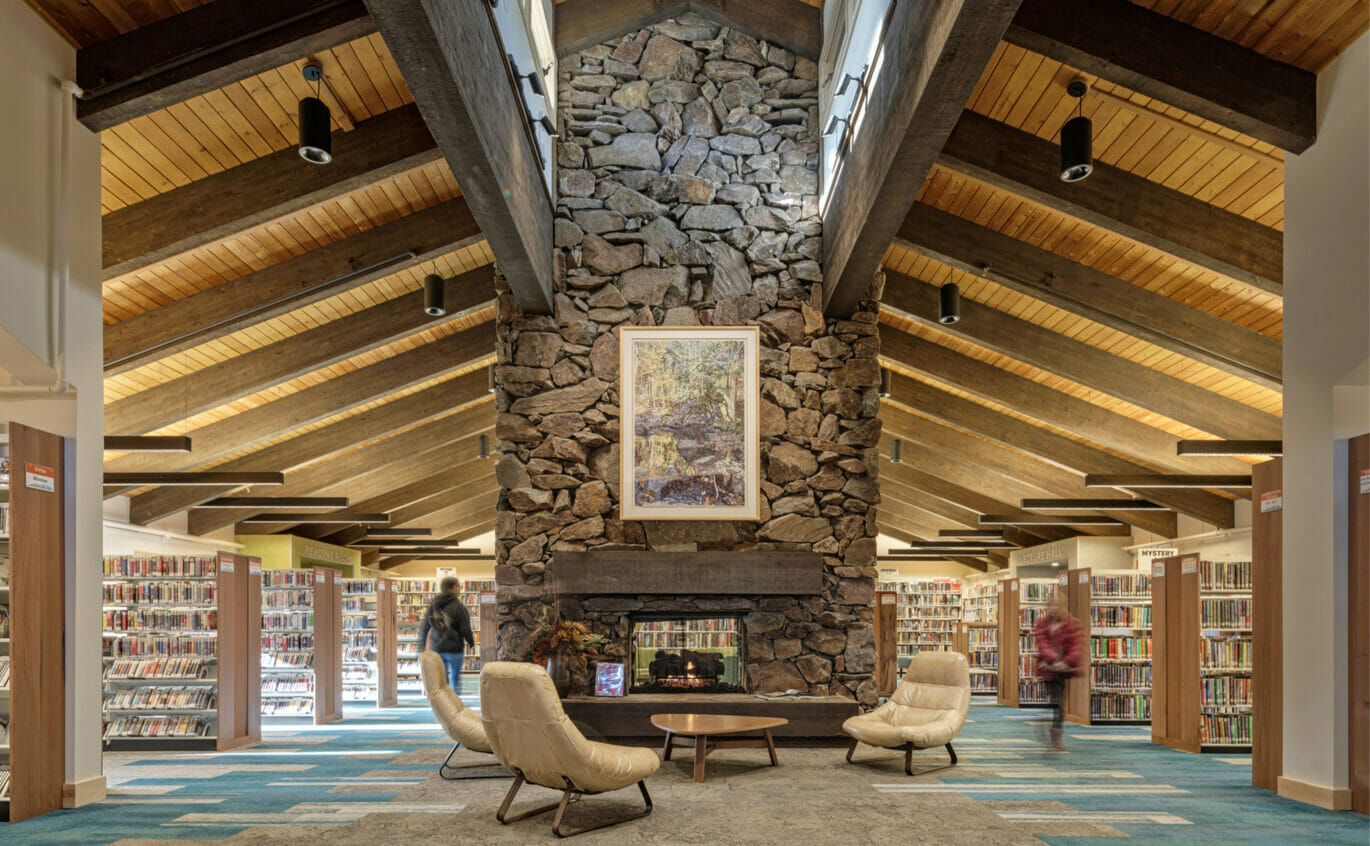The Search for Extraterrestrial Life: Europa

General info
One of the most asked questions in astronomy is whether we are alone in the universe. Life on earth is abundant with the most obvious example: ourselves. However, we also see life in less obvious places like the Mariana Trench which reaches depths of around 36,000 feet---think the altitude of a commercial airplane but underwater! The life we see at these depths is typically microbial but relies on one major factor: hydrothermal vents. One other place we may see this similar microbial life is on Europa, one of Jupiter’s numerous moons. In October 2024, NASA aims to begin the journey to Europa and determine if extraterrestrial life is closer than we thought.
This program will be livestreamed and available to watch later. Click here to watch online.
Lauren Osburn is a recent graduate of Embry-Riddle Aeronautical University in Daytona Beach, Florida, where she earned her Bachelor's degree in Astronomy and Astrophysics. During her undergraduate studies, she became interested in the possibility of extraterrestrial life within our solar system, and in the history and evolution of the universe. She also completed a research project in estimating the age of one of the oldest known globular clusters. Passionate about making the wonders and beauty of space accessible to everyone, she hopes to demystify astronomical concepts and inspire curiosity in learners of all ages.
Lauren is a 2024 Astronomer in Residence with the Central Idaho Dark Sky Reserve STEM Network. This is a NASA-funded program from Boise State University, which works closely with The Central Idaho Dark Sky Reserve to bring science to classrooms, libraries, and more.
